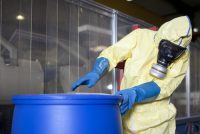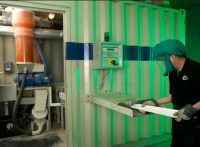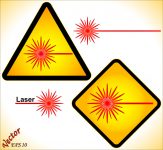2 Ways to Drive Driver Training to Success
In today’s Advisor, we get expert advice on effective driver training. When it comes to making an impact on your workers, driving policies and training are arguably the most powerful tools you can use. And they work hand in hand. Brandon Dufour knows a lot about driver training. His family business, All-Star Driver, has been […]










